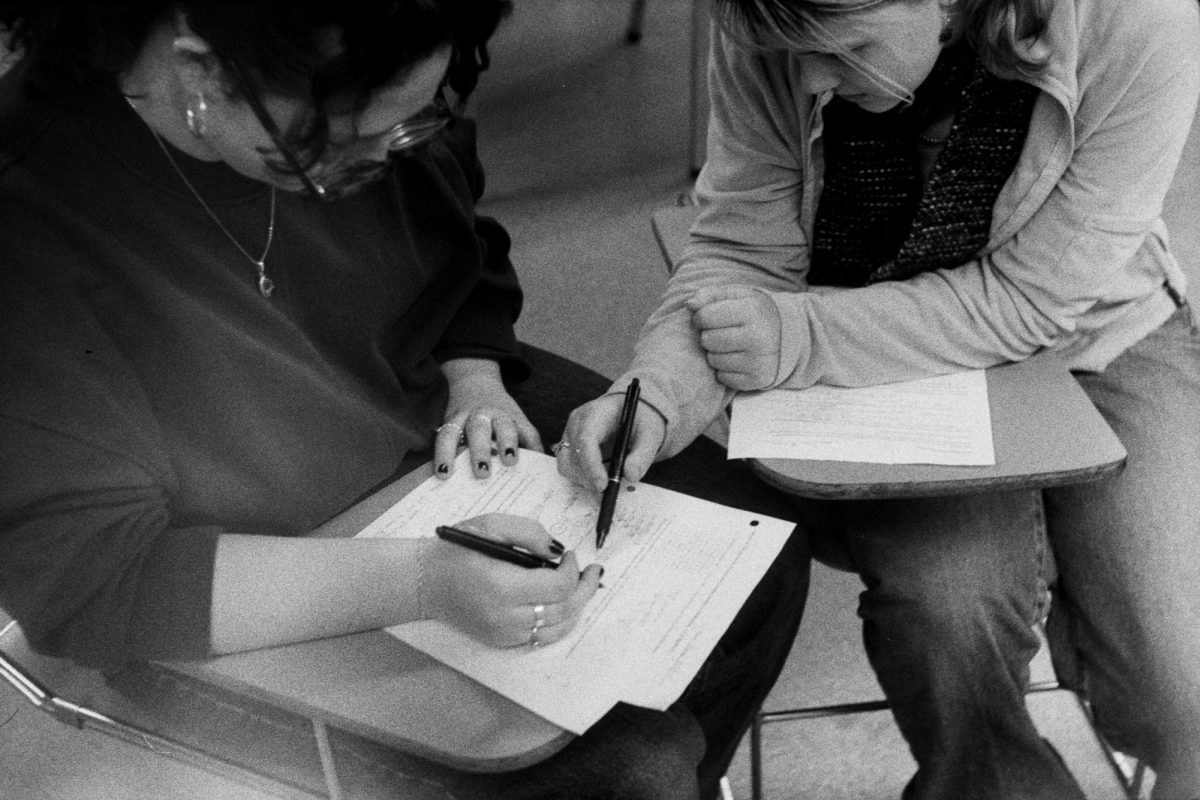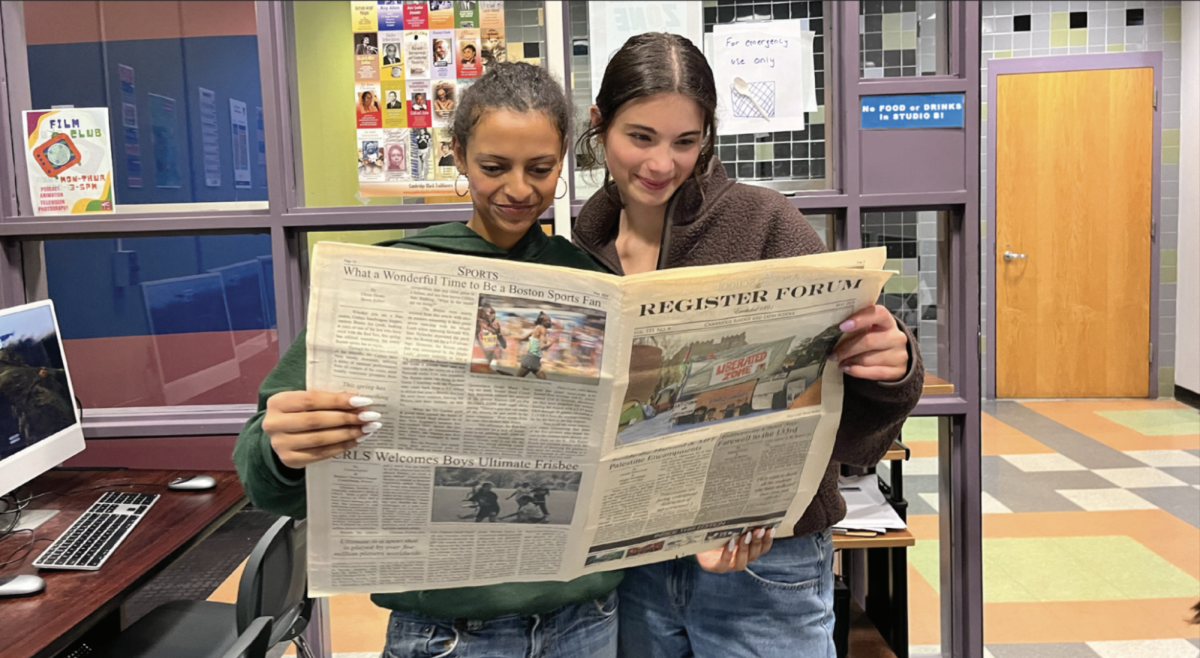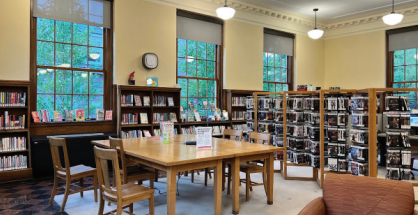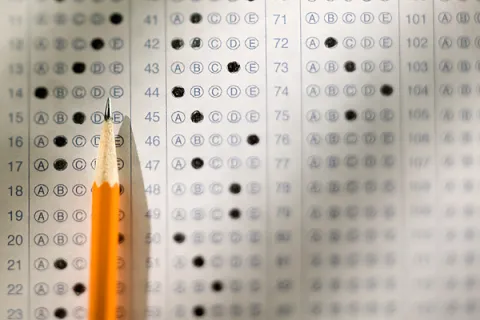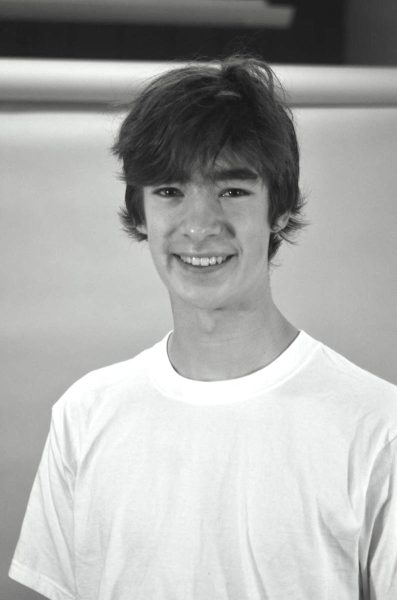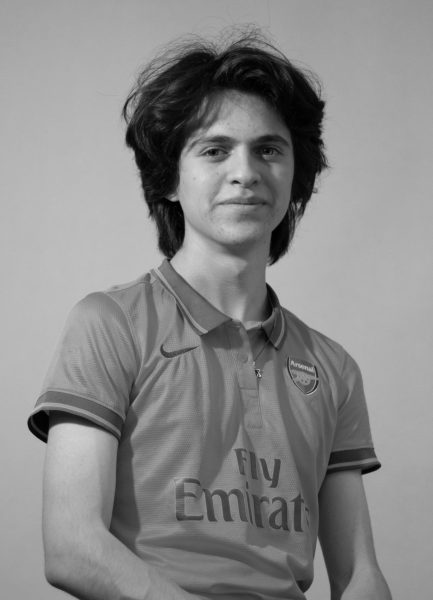The CRLS math system is broken. In the current course placement system, students are largely put into classes that are above or below their ability, leaving a very small Goldilocks zone in between. The attempt to make the math pathways more equitable has unintentionally worsened the class divide in math placement, and in practice, made the system less equitable.
To illustrate this system, let’s imagine two students: Student A and Student B. Both students excel in math and put forth the same amount of effort on a consistent basis. The only difference is that Student A goes to private school for elementary school and middle school, whereas Student B goes to Cambridge Public Schools (CPS) for those grades. Then, upon entering high school, they both decide to go to CRLS. Due to their private school education, Student A is able to pass out of Algebra 1, Algebra 2, and Geometry when placed into their math course, ending up in Precalculus during freshman year. Student B only receives an education of up to halfway through Algebra 1 in middle school and does extra work over the summer to be placed into Algebra 2 freshman year.
The root of the issue was that Student A received more math education. However, the current system doesn’t even allow Student B to make up for this lack of education. This is because the options for math education that were available for Student A (Private School, Tutoring, etc.) were considered acceptable to pass out of a course, whereas the options for education available to Student B (Khan Academy, etc.) were not considered acceptable.
Allowing mostly private schooled or homeschooled students into the more advanced pathways also sends conflicting messages about a CPS education. The district is essentially admitting that a homeschool education, or an education at a private school, is of a higher caliber than an education at one of the public schools. However, they are also implying that an out-of-school, possibly free online education of a math course like geometry, is of lower depth and quality than a homeschool or private school education on the subject. This creates larger economic barriers to accessing the advanced pathways, as now all education considered sufficient is education that must be paid for.
By restricting advanced math pathways like this, CRLS is perpetuating the very inequities that it is trying to solve. However, there is a solution to this. If CPS truly does want to live up to its motto of “Inspiring Student Excellence,” then it needs to give the students the actual opportunities to excel. While this should start at lessening the restrictions to passing out of math courses, it would expand to educating the students and parents about the pathways system and offering students the tools to succeed from the start. Restructuring the system like this would ensure that everyone gets classes that are at their level and that students are always pushed to their full potential.

